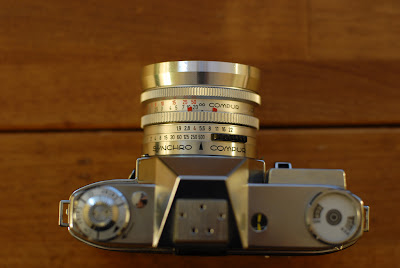


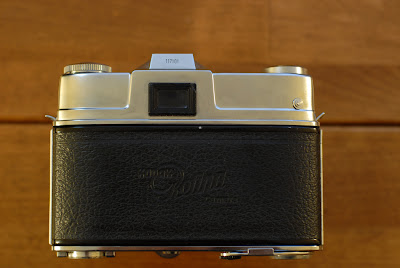

Lens mount: DKL mount
Shutter: 1 - 1/500s plus bulb (Compur leaf shutter)
Depth-of-Field Preview: n/a
Metering: non-TTL selenium meter by Gossen
ISO: ASA 5 - 3200
Power: n/a
Focusing aids: split-image
Self timer: N/A
Flash: cold shoe (missing on my sample), PC connector
Film plane indicator: n/a
Made in: Germany (on right side of the leather on the back on mine)
Comments:
This is a very unusual camera. It is one of the few I would suggest reading the manual before use as it has a lot of quirks. I have a lot to say about it.
First of all, it is a pretty big, bulky and heavy camera. I like the way it looks. The body is contoured, but the strap lugs and meter keep it from being pleasant to hold.
The film advance is on the bottom! It's not very convenient to use - not designed for taking shots quickly. I usually flip the camera over to wind with my thumb. After you release the shutter, the mirror does not return and the lens does not open up until you advance the film.
The film counter is also on the bottom, and is unusual for counting downwards. This is okay for 36 exposure rolls but annoying for other lengths. A small slider on the bottom ticks down the counter three frames at the time, so setting it to 24 exposures would be tedious. It also locks the camera when it hits frame zero! You can just use the slider to reset the counter in this case, but that will make setting up the next roll annoying.
Opening the back is interesting, you rotate a slider around the tripod mount and then push the pin that is uncovered.
The shutter release is very odd, it is on the front of the body. I like that set up on my Miranda, but on the Retina Reflex III, the pull is downwards instead of inwards, which is very awkward. I think I get more camera movement with this camera that others.
Setting the exposure is...tedious.
A wheel under the lens sets the aperture. The shutter speed dial is linked with the aperture to maintain exposure, and you don't want to hit the limits of the aperture range as you change the shutter speed/aperture combination, so you end up moving the aperture to give yourself room to move the shutter speed and then correct to the right aperture.
To set the ASA you push a button (which looks more like a rivet) on the back upwards (on some earlier models it was on the top) and use the aperture setting wheel. I haven't actually paid any attention to the selenium meter anyway.
It takes interchangeable "Deckel mount lenses, and there is a decent variety of Rodenstock and Schneider lenses available for the Retina Reflex III. I have access to the Schneider-Kreuznach Retina-Xenar 45mm f/2.8 (which is really a rangefinder lens, has a close focus of a meter, and doesn't have a great representation) and the Schneider-Kreuznach Retina-Tele-Xenar 135mm f/4 (which has a close focus of like 12 feet), but I think they are too slow and too limited in their close focus abilities to appeal to me. The lenses are supposed to be set to f/4 before mounting or dismounting to index the depth-of-field calculator.
The finder is sort of dark and a bit hazy on my copy.
In any case, this is a neat classic camera and I am glad I found one in shootable condition! They are apparently difficult to work on, with one long string interconnecting the aperture and shutter and meter.
Manual: Butkus
Other Info: Retina Rescue
Lens: 50mm f/1.9 Schneider-Kreuznach Retina-Xenon
Filter size: 58mm (unlabeled)
Close focus distance: 2 feet/0.6 meters.
Aperture range: f/1.9 - f/22
Aperture blades: 5
Depth of field scale for any aperture (mechanical depth of field calculator)
Made in: Germany
Design: 6/4
Comments: I find the 5-bladed aperture distracting, and the close focus isn't great. I also find the focus ring kind of hard to find by feel since it is closely guarded by the shutter speed and aperture rings on the camera and the non-rotating front of the lens. It's also big for a slow 50mm.

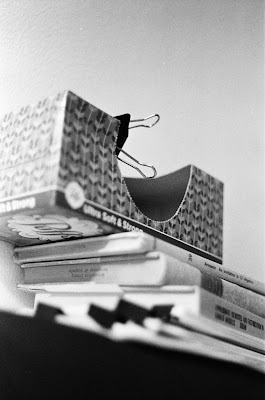
More photos from this camera

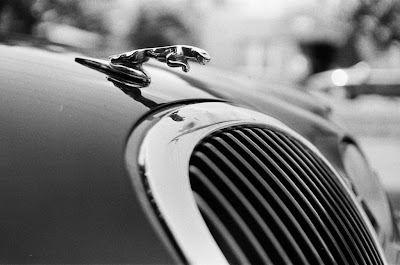



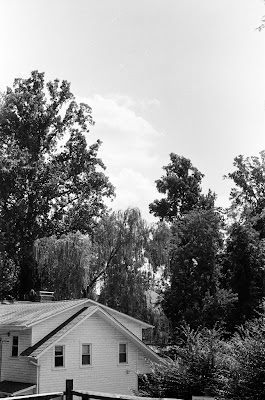

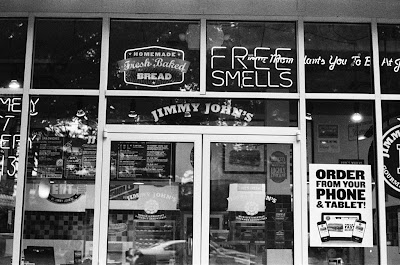


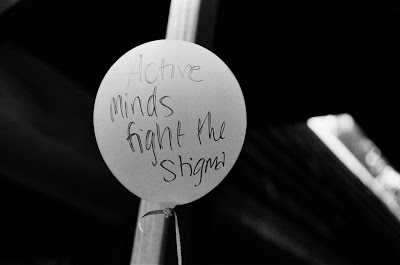

















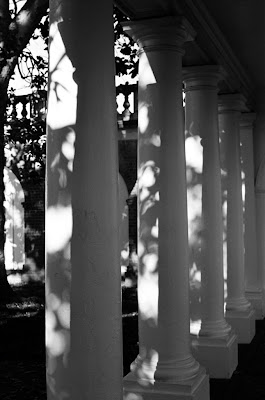



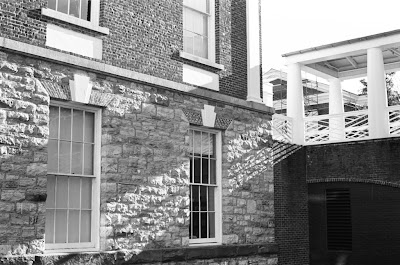




I think this camera was about the greatest camera around when it debuted in the early 1960s. There was nothing even close to it at the time. The camera ergonomics were really thought out very well; the front shutter release was put where it was easiest to place your index finger, unlike other cameras that placed it on the top plate. The viewfinder staying dark was such an ingenious idea..why other manufacturers didn't do this too was weird. The Schneider lenses are superb! Its too bad though that it is difficult to run across ones that are in complete working order. I had mine sent off to be repaired and the focusing and shutter mechanism was completely overhauled and moves like butter now :) All of the camera's quirks make it very unique, much different than the boring looking Japanese cameras that soon followed.
ReplyDeleteIt is a hand full , but l love it's size and weight..
ReplyDelete